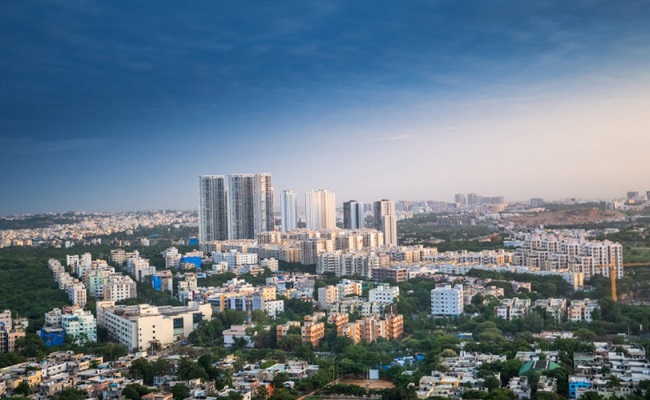
Average apartment “loading” reached 40 per cent in the January-March period this year, up from 31 per cent in 2019, and among the top seven cities, Bengaluru has seen the highest percentile jump in average loading over the last seven years -- from 30 per cent in 2019 to 41 per cent in Q1 2025, a report showed on Monday.
Amid the rising demand for state-of-the-art amenities within housing projects, the 'loading' factor has been on the rise across the top cities, finds the latest ANAROCK Research data.
Mumbai Metropolitan Region (MMR) continued to see the highest loading among the top seven cities with 43 per cent in Q1 2025. The region has seen the average loading percentage grow steadily over the years -- from 33 per cent in 2019 to 39 per cent in 2022, and 43 per cent in Q1 2025.
In residential apartments, the average loading factor is the difference between the super-built-up area and the carpet area.
While RERA now requires developers to mention the total carpet area provided to homebuyers, no law currently limits the loading factor in projects.
“Q1 2025 readings show that 60 per cent of the total space within their apartment homebuyers in the top 7 cities pay for now is liveable space, and the remaining 40 per cent is common areas - elevators, lobbies, staircases, clubhouses, amenities, terraces, and so on,” explained Dr Prashant Thakur, Regional Director & Head — Research and Advisory, ANAROCK Group.
Chennai, on the other hand, has the least average loading rise in Q1 2025 with 36 per cent, aligning with a city-specific demand profile where homebuyers prefer to pay more for usable space within their homes rather than for common areas.
In Delhi-NCR, the average loading percentage rose from 31 per cent in 2019 to 37 per cent in 2022, and to 41 per cent in Q1 2025. In Pune, it was 32 per cent in 2019, rose to 36 per cent in 2022, and stood at 40 per cent in Q1, the data showed.
Hyderabad saw an average loading percentage increase from 30 per cent in 2019 to 33 per cent in 2022, and to 38 per cent in Q1 2025.
In the past, a loading of 30 per cent or less was thought to be typical.
“Today, higher amenity loading has become the norm across most projects, partly because homebuyers are no longer satisfied with basic lifestyle amenities -- they expect fitness centres, clubhouses, park-like gardens, and grand lobbies,” said Thakur.
In most cases, buyers across cities, except in Maharashtra, are unaware of how much they pay towards the overall usable space within their apartment.












